| Background color | Set the background color of your element. |
| Blinking | Define a blinking effect to attract attention to the text. |
| Border | Set border color, width, and style for your element. |
| Content | Define which calculated value (e.g., date/time, page number) will be displayed. |
| Data provider | Connect to an external data source for real-time content. |
| Data scrolling | Enable and configure scrolling through real-time data. |
| Default transition effect | Set the default transition effect for incoming content. |
| Flip | Flip the content horizontally or vertically. |
| Font | Set the font type, size, color, and style for the text. |
| Identification | Assign a unique identifier to the element within the page. |
| Position | Specify the position of the element on the page. |
| Proof of play | Enable proof of play logging for reporting and validation. |
| Property bindings | Bind properties to an external data source for dynamic updates. |
| Reflection | Add a reflection effect to the displayed content. |
| Rotation | Rotate the element to a specific angle. |
| Rules | Define rules to automate the element’s behavior based on specific conditions. |
| Shadow | Add a shadow effect to the content for visual emphasis. |
| Size | Set the width and height of the element. |
| Skew | Apply a skew transformation to angle the content. |
| Text alignment | Adjust the horizontal and vertical alignment of the text. |
| Transparency | Set the transparency level of the element. |
| Visibility | Control the visibility of the element and its content during playback. |

